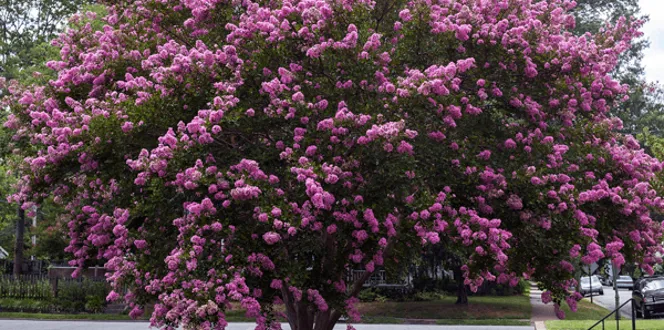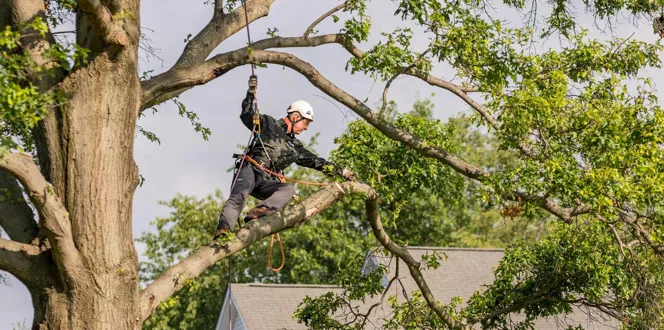After a long winter of bare branches and limbs, the bright and colorful tones of your tree’s blooms are a welcomed site, signaling the new season.
Underneath the striking spring scene, you’ll want to make sure your trees have a healthy structure.
Knowing when to trim trees keeps them healthy in the long-term and positions them for a season of robust growth.
Below we’re answering your most common questions about when to trim, or prune, your trees.
When Is The Best Time To Prune (Trim) Trees?
Anytime between late fall and early spring is best for tree trimming or pruning. In general, after leaves drop and before flowers appear is the ideal window.
Talk to your local arborist about pruning before spring blooms emerge. Typically a tree's pruning cycle is 3 to 5 years, but the species, size, and health will dictate the optimal cycle for your tree.
Why Is Late Fall Through Early Spring Best For Tree Pruning?
Trees halt their growth starting in fall and enter a state of dormancy through the winter. This inactivity, along with dropping temperatures, creates ideal pruning conditions for the following reasons:
- Without active growth, winter pruning causes less stress on the tree. Wounds will heal better, and spring growth and blooms will be more robust.
- Pests and diseases are less active during the dormant season and are less likely to attack fresh pruning cuts during this time.
- The absence of leaves allows arborists to assess and access the branches more easily.
Ultimately, pruning trees in the dormant season promotes tree health and future growth.
Check out our dormant pruning infographic for quick facts about pruning trees in fall and winter.







